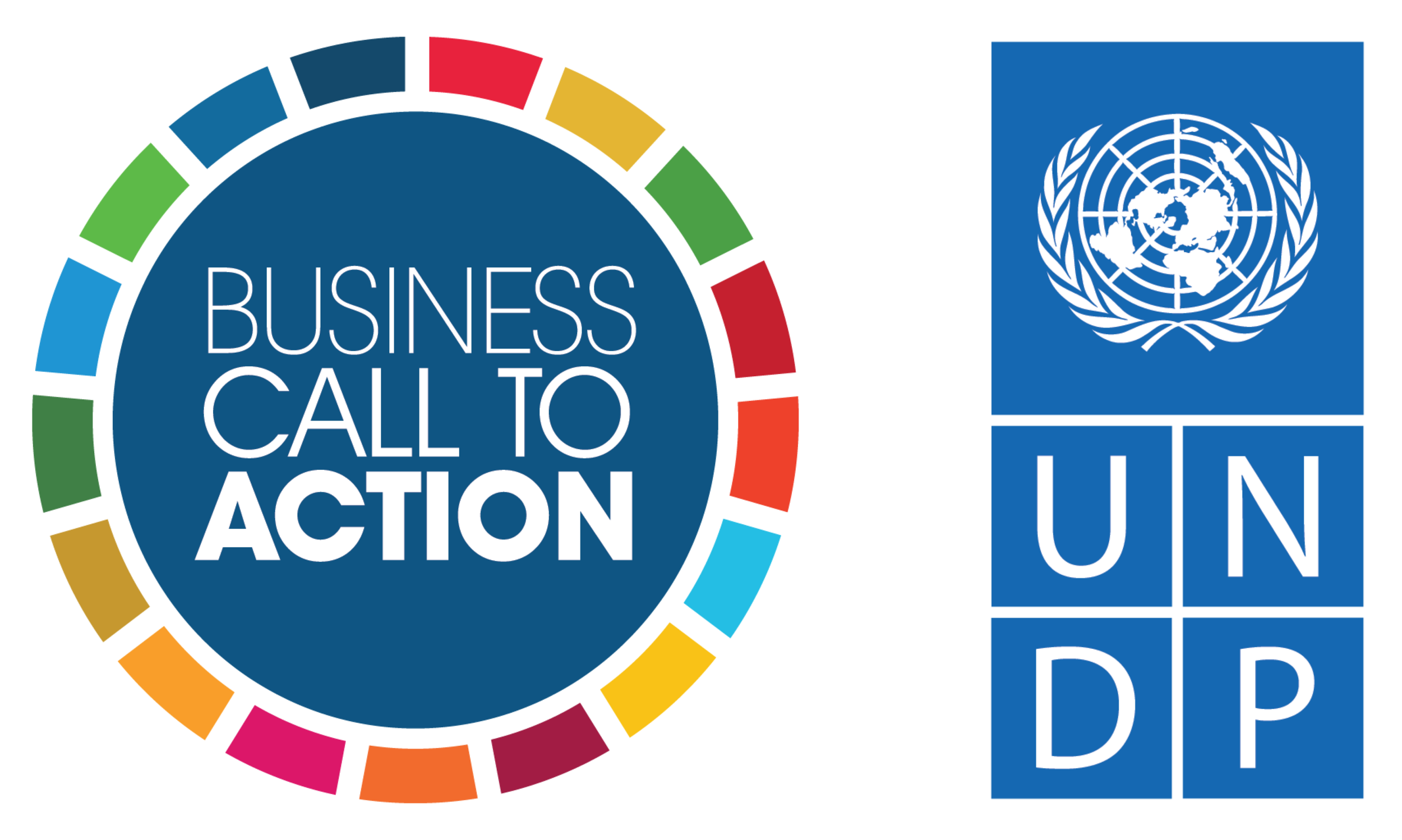Scaling up inclusive business models: the challenges of small and large firms
A balloon vendor pushes his bike through a street in New Delhi, India. Photograph: Bernat Armangue/AP
By Armin Bauer, principal economist, sustainable development and climate change department, Asian Development Bank
Providing solutions to the problems of the poor requires scalable business models. Significant investment is needed to create more systemic impact and luckily, large firms are increasingly interested
Inclusive businesses are commercially viable core-business models that provide at scale innovative and systemic solutions to the problems of the poor and low-income people. While inclusive business is becoming increasingly popular, there is still a lot of confusion about what it is, how it addresses the poor, and how it works.
Inclusive business models create relevant goods and services or decent and well paid work opportunities for the low-income segment of society, and directly contribute to improving their living standards and reducing poverty in a systemic way through business solutions. Social enterprises are the smaller version of inclusive business; they are smaller in investment, social impact, and often - but not always - also financial return.
The concept of inclusive business goes back to what leading economist and strategist C.K. Prahalad referred to as “fortune that companies can make at the base of the income pyramid”, or BoP. The first broader BoP market assessment was done by the International Finance Corporation (IFC) in 2006, and was recently updated after the evaluation of more than 100 household surveys worldwide; establishing a global consumption database. Different brackets of low-income populations exist within the overarching BoP, typically the bottom 40-60% of the income brackets of a developing society.
The IFC uses the $8 (£5.65) poverty line globally, but their inclusive business investments also target the bottom 40-60%. The $8 range cannot be used for the inclusive business discussion in Asia, as 90% of Asians live on less than $8 a day. In fact, 4.5 billion people worldwide live on less than $8 a day.
In recent years most governments in Asia and the pacific have started to develop strategies that make their growth process more inclusive. Programs include expanding infrastructure access to unserved areas; building up social safety nets; and addressing inequalities in access to services and income between geographic location or gender. Inclusive business is the direct contribution of the private sector to make growth more inclusive. It is not just business as usual. Companies consciously design and then implement inclusive business models that either generate decent income opportunities with higher returns for the poor than the market rate, or provide relevant and affordable services and products that address the social needs of the low-income population.
For society, more inclusive business solutions mean less poverty and better living standards for the poor. Identifying and branding inclusive business investments and their social impact can help governments set up and monitor targets for poverty reduction.
As the BoP is large, providing solutions to the problems of the poor requires business models that can be scaled up. While such models can work for smaller companies and social enterprises, larger inclusive business investments are needed to create more systemic impact in a given region. The challenges, though, are different for large and small firms.
While large companies can deliver more scale, they traditionally serve mostly the upper consumer markets. Their prime challenge is to modify existing core operations to integrate the low-income population given the perceived risks and little knowledge about the markets of the poor, as well as taking into account the facts that their current investments create already established financial returns, and the competitiveness of inclusive business investments may not yet be tested.
Nevertheless, large firms are increasingly interested in investing in the BoP and developing new inclusive business models. While large companies can deliver more scale, they traditionally serve mostly the upper consumer markets. Their prime challenge is to modify existing core operations to integrate the low-income population given the perceived risks and little knowledge about the markets of the poor, as well as taking into account the facts that their current investments create already established financial returns, and the competitiveness of inclusive business investments may not yet be tested.
There are a host of international finance organisations now supporting inclusive business, among them multilateral institutions like Asian Development Bank (ADB), the Inter-American Development Bank and the IFC, as well as bilateral development partners such as Australia, Germany, the Netherlands, Switzerland, the UK, and the US. J.P. Morgan and Credit Suisse, two of the world’s largest commercial banks, recently established their own programs to finance inclusive business, and local banks have begun to include inclusive business in their portfolios.
Finally, let’s mention impact investors, who differ from philanthropists by their objectives to achieve financial returns, and from traditional investors because they seek to create social (or environmental) impact. While traditional investors - especially banks and development banks - prefer backing the inclusive business models of large companies, impact investors remain active in the smaller ticket market, with average investments between $100,000 (£70,680) and $3m (£2.1m). Globally, most inclusive investments are $3-30m (£2-21m) in mid-sized companies. The global impact investment industry has put up more than $60bn (£42bn), making inclusive business an investment class of its own.
This article was first published as an Asia Development Bank blog.
Content on this page is provided by Business Call to Action, and originally appeared on the The Guardian Business and the Sustainable Development Goals Hub

